Our little balls of fluff are growing feathers … Joyce’s white feathers are coming in on her wings and tail.
Sunshine’s feathers are coming in on her wings and just starting on her tail.
Lots of little feathers!
Our little girls had their first adventure outdoors. One advantage of getting chicks late in the year like this ? 90 degree days. Plenty warm enough for these little ones to enjoy exploring. We’ve got a fence around the hazelnut bushes, so Anya brought them into that grassy area. At first, they stayed close to one of “their people”.
But, as they spent a little time checking out grass and dirt near us, they started venturing around the yard.
We picked up our little babies yesterday — had a little confusion because the order hadn’t gotten marked as ready for pickup, and the office staff is working from home so they couldn’t just pop out to the hatchery and see. But they eventually confirmed all five little guys were hatched and ready to come home.
We’ve got Sunshine, the Buff Orpington, who is undoubtedly Anya’s fav.
We’ve got Joyce, the Austra White, who Anya says is Sunshine’s best friend (and she is).
And Moonlight, the Black Jersey Giant … well, I’m about 90% sure about that. She’s got dark legs
And then we’ve got … well, I don’t know. And totally understand why they put leg bands on the ‘rare breed’ birds. There are a whole lot of gray and yellow balls of fluff. I think this is the Green Queen, Queenington.
Which would make this our Columbian Wyandotte, Tilly. Anya says we cannot call them by their names until their feathers come in and we actually know who is who. Which makes sense — I’d be awfully confused if I was called one name for a few years and then my family randomly started calling me some other name.
I want to build a secure run for our chickens — something we can move around the yard. I’ve seen a lot of A-frame chicken tractors — I assume people use the triangular shape instead of a rectangle because there’s less material for a given footprint and, thus, the tractor is lighter and easier to move. Chickens aren’t that tall, so they can use most of the “knee wall” section of the tractor. But I thing it will be nicer to be able to use 100% of the footprint. Since 5′ hardware cloth seems quite rare, and there’s no reason to have a run that’s higher than 3′ … I’m designing this around 3′ sections. The vertical walls will use one length of 3′ hardware cloth. The top will have two “sections” of 3′ hardware cloth.
The run will be a wooden frame covered in 1/2″ mesh hardware cloth. The frame is put together as shown in https://www.youtube.com/watch?v=uSvpYh5OBYU. I plan on using 2×4’s to build the frame, stapling the hardware cloth to the frame, and then using 1×2’s over the edge of the hardware cloth to ensure sharp edges won’t snag or cut anything. The screws holding the 1×2’s onto the 2×4’s will provide additional security.
On each corner, I need two 3″ long screws and another two screws for the board along the top. That’s 28 3″ long screws. I’ll need a bunch of fencing staples to hold the hardware cloth and some eighty 1.5″ long screws to hold the 1×2 to the 2×4’s
I need just over 50′ of three-foot-wide hardware cloth (10′ + 10′ + (2 x 10′) + 6′ + 6′ = 52′). Since I’ll need some to secure the coop too, I’ll probably just get a 50′ roll and a 20′ roll. I need 5x 10′ long 2×4’s, 4x 6′ long 2×4’s, 4x 3′ long 2×4’s (cut from 4x 10′ long 2×4’s) … which is nine 10′ long 2×4’s. I also need nine 10′ long 1×2’s to cover the ends of the hardware cloth. And maybe some handles on the top 6′ board to make carrying the thing easier.
I need to research a non-toxic paint or sealant, and we’ll have a chicken tractor.
The heater that I ordered from Amazon for the baby chickens was a dud — I’ve got to send it back tomorrow. I ordered a different heater — both are like heating pads on legs to allow the chickens to huddle under it like a mommy hen.
We got the first bag of starter food along with a feeder and water container. While the water container is designed to prevent drowning, Anya read about putting rocks into the water tray in her chicken keeping book … so we gathered too-big-for-a-chicken-to-swallow stones, washed them, and have them in the water tray for extra safety.
While we’ve got egg chickens on order, we’re thinking about meat chickens too … I’ve got a odd problem keeping both. Not sure (and I know you don’t really) how you explain to the egg chickens why some of their friends randomly disappear. Seems kind of unfair — even the meat chickens that are kept for breeding … but if we do decide to get meat chickens, I found these Bresse chickens from France. https://www.bressefarms.com/store/p108/White_Bresse_Chicks_.html
Here are the chickens we want to order. I had put together a list based on research and talking to other people. Then I let Anya go through the hatchery’s website and pick the chickens she liked. Then I showed her where to find info about how many eggs they produce, if they are good in hot and cold weather, how friendly they are. We went through her list & eliminated birds that didn’t want to be in the cold, weren’t friendly, or only produce an egg a week. She really wants a white leghorn, but they say it’s not a good breed for cold weather. All but one of the ones I added were dropped because of lower egg production or less friendly personalities, so she was OK with removing some of her favorites from the list because sooooo many of mine got removed too.
Now we just have to wait until August for them to arrive! There’s evidently been a run on both chickens and seeds as people encounter runs on, well, everything at the grocery store.
| Name | Breed | Eggs-Low | Eggs-High | Climate | Personality | Egg Size | Eggs | Baby | Adult |
| Astra | Austra White | 208 | 260 | Heat and Cold Hardy | Quite, tame and docile | Large |  |
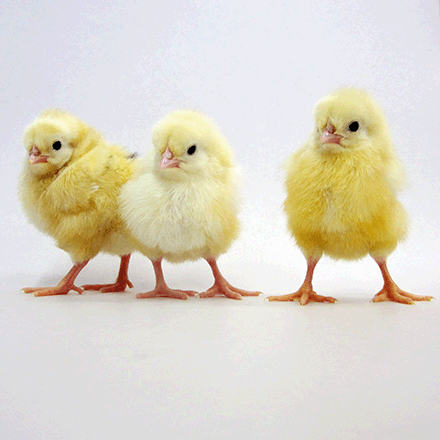 |
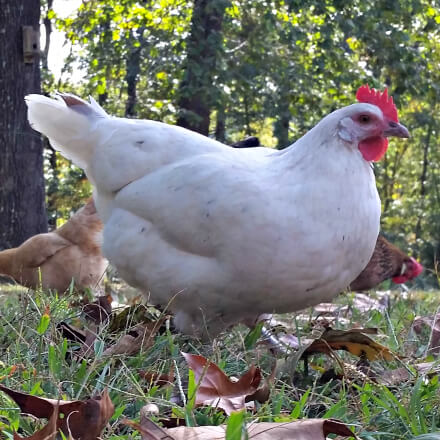 |
| Sunshine | Buff Orpington | 200 | 280 | Very Cold Hardy | Docile, Quiet & Affectionate | Large | 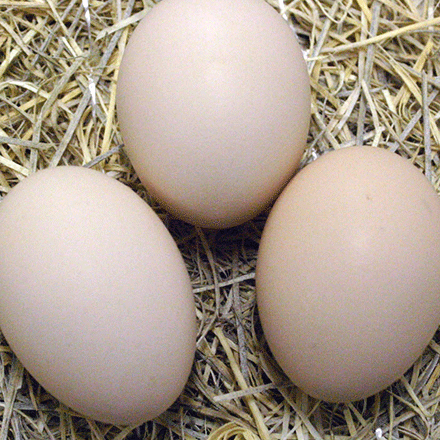 |
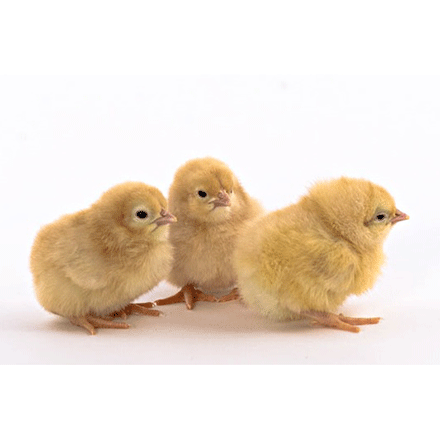 |
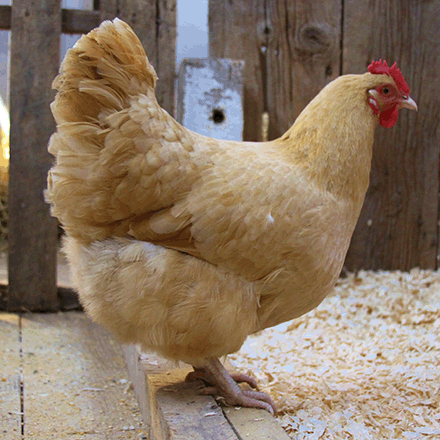 |
| Tilly | Columbian Wyandotte | 180 | Very Robust, Cold Hardy | Generally Docile | Large | 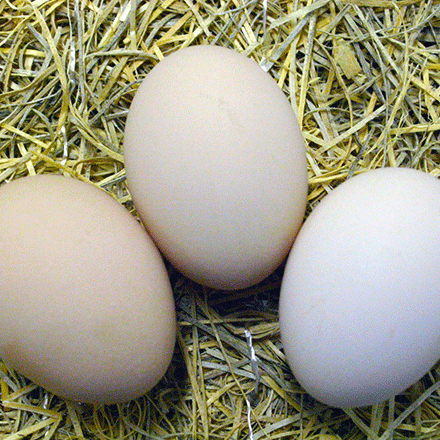 |
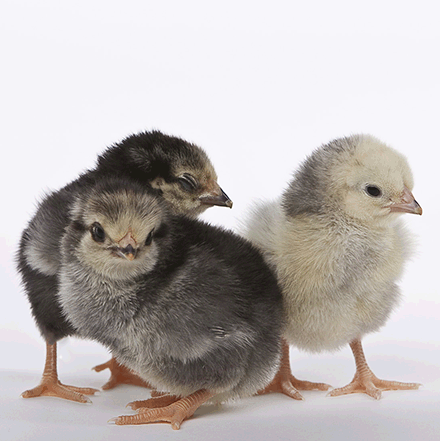 |
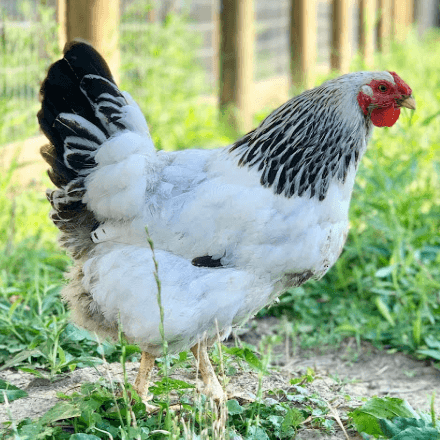 |
|
| Queenington | Green Queen | 208 | 260 | extremely hearty in all climates | Friendly, Docile, Good Pet | Large |  |
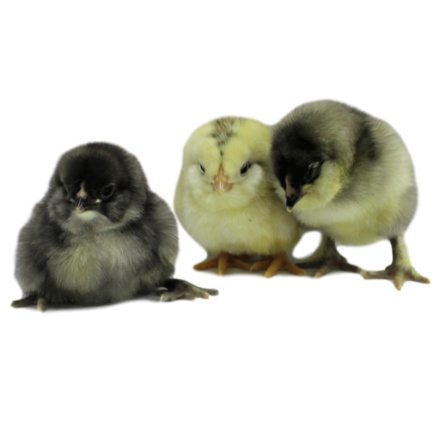 |
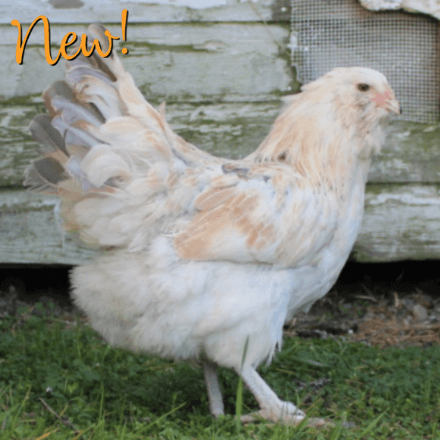 |
| Soaring Eagle | Black Jersey Giant | 180 | 200 | very cold hearty | Calm & Easy Going | Medium | 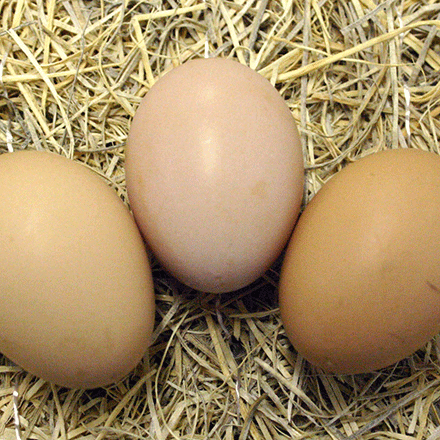 |
 |
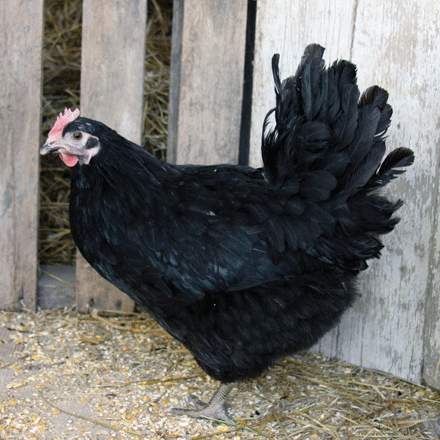 |
While at a recent Zoning Commission meeting, they discussed how a use was judged to be (or not to be) agriculture vis-à-vis Township not having a right to regulate agriculture per ORC 519.21. The example of a greenhouse used to grow flowers was given — not agriculture. Which got me thinking about the false association between ‘commerce’ and ‘agriculture’ — flowers are absolutely included in Ohio’s list of agriculture. ORC 303.01 reads:
agriculture" includes
farming; ranching; algaculture meaning the farming of algae; aquaculture; apiculture;
horticulture; viticulture; animal husbandry, including, but not limited to, the care and raising
of livestock, equine, and fur-bearing animals;
poultry husbandry and the production of poultry and poultry products;
dairy production; the production of field crops,
tobacco, fruits, vegetables, nursery stock,
ornamental shrubs, ornamental trees, flowers,
sod, or mushrooms; timber; pasturage;
any combination of the foregoing; and the processing, drying, storage, and marketing
of agricultural products when those activities are conducted in conjunction with,
but are secondary to, such husbandry or production.
So why wouldn’t a greenhouse used to grow flowers count as an agricultural use? Wickard v. Filburn, 317 U.S. 111 (1942) — a fairly wide reaching case — found that Mr. Filburn producing wheat for his own use (i.e. not selling it) still counted as commerce because he would have otherwise bought the wheat on the open market. Which is to say his wheat production was commerce because it was grown to allow him to avoid commerce. While Mr. Filburn’s production was not substantial, the cumulative action of personal-use growers would have a substantial impact on the market. Which was enough commerce to grant the federal government power to regulate his wheat production.
Same holds true here — and I think flowers were used an an example because it’s easy enough to say “eh, it’s just flowers”. But my concern is that the Township is going to want to use the same logic to regulate other agricultural activities. The personal production of poultry products may not be substantial, but the cumulative production of everyone who has some egg layers in their yard would be substantial. Thus egg laying chickens that produce for personal use would still be considered commerce by the logic of WIckard v. Filburn. I think someone claiming agricultural use for flowers might have a bigger hurdle, but a sufficiently motivated individual may be able to use this argument to substantiate the agricultural exemption for their greenhouse.
Hopefully this is one of those situations where the government doesn’t try to have it both ways — if personal production is commerce in one case, it should be commerce in other (very similar) cases.
I’ve found a few good ideas for things chickens will feed themselves — include the compost area in the chicken pen, the chickens will turn the compost for you, eat fresh veggie scraps, and eat bugs they find.
Put a board or rubber mat down on the ground – let it sit there for a day or two, and a bunch of bugs will move in under it. Flip the board/mat into a new location & the chickens will go after the bugs that have been uncovered.
I also plan to grow a “chicken garden” in their coop — buckwheat, millet, flax, red clover, and forage peas. Hopefully they won’t confuse their garden with our garden. I want to try allowing them to roam in our raised bed garden to eat bugs … but I may end up fencing that off so they don’t eat our veggies!